How to Create Your First Export Invoice for Small Businesses in Dubai

So, you’ve got your first international order. How do you invoice your customer? Which currency do you choose? And what do you do about tax? Here are some tips for small businesses based in the UAE.
Which currency should you use?
There are no rules around using the exporter’s currency or the importer’s currency. It’s easier for whoever gets to deal in their home currency, so your customer may request you use theirs – or you may offer it as a courtesy.
How will you handle exchange rate risk?
If you’re billing in your customer’s currency, then you may be affected by exchange rates. If your home currency falls against theirs, you’ll end up getting less for your goods. Small businesses generally either:
- accept the going rate on the day payment is made, knowing there will be ups and downs
- get forward cover through their bank
Don’t forget that the UAE dirham (along with most GGC countries) is pegged to US dollars therefore you won’t have much foreign exchange risk when transacting in this currency.
What is the forward cover?
When issuing an export invoice, you can ask your bank to lock in the current exchange rate for you. That way you won’t lose if the exchange rate moves against you while waiting for payment. Of course, you won’t win if it moves in your favor either. There are other ways to hedge against currency risk, but this is the most common for small businesses that don’t do a lot of international trade.
Where do you pay tax?
You declare the revenue you make from exports in your VAT return, however, you won’t need to collect any VAT for exports under certain circumstances. Don’t just leave VAT off your invoice. Include a line showing it was 0%.
Do you need to worry about tariffs?
The government of the importing country may apply a tariff or duty on your goods. If that happens, your customer will be charged the tariff costs when your shipment goes through customs. There will be nothing for you to do.
What about shipping and insurance costs?
When negotiating the deal with your overseas customer, make sure you’re clear about who’s picking up the shipping and insurance costs. There are all sorts of ways you can split the costs. Spell it out in your terms of trade – a contract that should be signed before the deal is confirmed.
If you’re paying for any part of the shipping or insurance, you’ll pass those costs onto the customer. Add them as a line on your export invoice.
Email your export invoices (don’t post them)
You should email invoices no matter where they’re going, but it’s especially helpful when exporting. Foreign postal addresses follow unfamiliar formats, which can be hard to get right. And besides, international posting is slow. Email your invoice as a PDF attachment or send an online invoice.
Receiving money from abroad
When trading overseas, aim to use a well-established international payment gateway. Debit cards, credit cards, and automated clearing houses (ACH) are trusted and convenient methods. Just be aware that there will be a transaction fee of 2% to 4% of the total invoice, so it’s not ideal for really big orders.
For larger orders, consider a telegraphic transfer through your bank. If you’re worried that your customer may not have the money to pay, request a letter of credit from their bank. It’s not a guarantee that you’ll get your money, but it will assure you they have the cash available to do the deal.
Make payment instructions very clear on your export invoice. It pays to get them translated into the official language of the country you’re exporting to.
What are the traps for exporters?
Some businesses are nervous about trading overseas because it’s harder and more expensive to resolve disputes. And if an international customer refuses to pay, there are fewer options for debt collection or legal action. Keep these risks in mind when deciding whether or not to enter an international negotiation.
The basics of export invoicing
Exporting can be complex, but invoicing isn’t. Here are the main things to remember:
- Make the invoice out in the agreed currency (probably the destination country’s).
- Don’t charge VAT like you normally would. Include a line on your invoice saying VAT is 0%.
- But check if you’re required to collect sales tax/VAT in the importing country and, if so, follow their local rules.
- Declare exports as part of your revenue, just like any other sale.
- Offer online payment options like a credit card, debit card, and services like PayPal – or telegraphic transfer for larger amounts.
- Send your invoice by email.
More Specific UAE considerations for Exports
Small businesses based in the UAE will for sure need to register for VAT and/or with Dubai Customs unless your export transaction is a one-off where you would send the pack with a logistics company.
More information on Customs registration can be found from the following link:
http://www.economy.gov.ae/Publications/UAE%20Imports%20and%20Exports%20Guide.pdf
More information on the VAT registration can be found from the following link:
https://government.ae/en/information-and-services/finance-and-investment/taxation/valueaddedtaxvat
If you would like to know more about Xero or would like to take up our discounted implementation offer, submit your contact details here and one of our consultants will be in touch.
DISCLAIMER
This article is an extract from the Xero website and is written in general terms and therefore cannot be relied on to cover specific situations; application of the principles set out will depend upon the particular circumstances involved and we recommend that you obtain professional advice before acting or refraining from acting on any of its contents.

.webp)

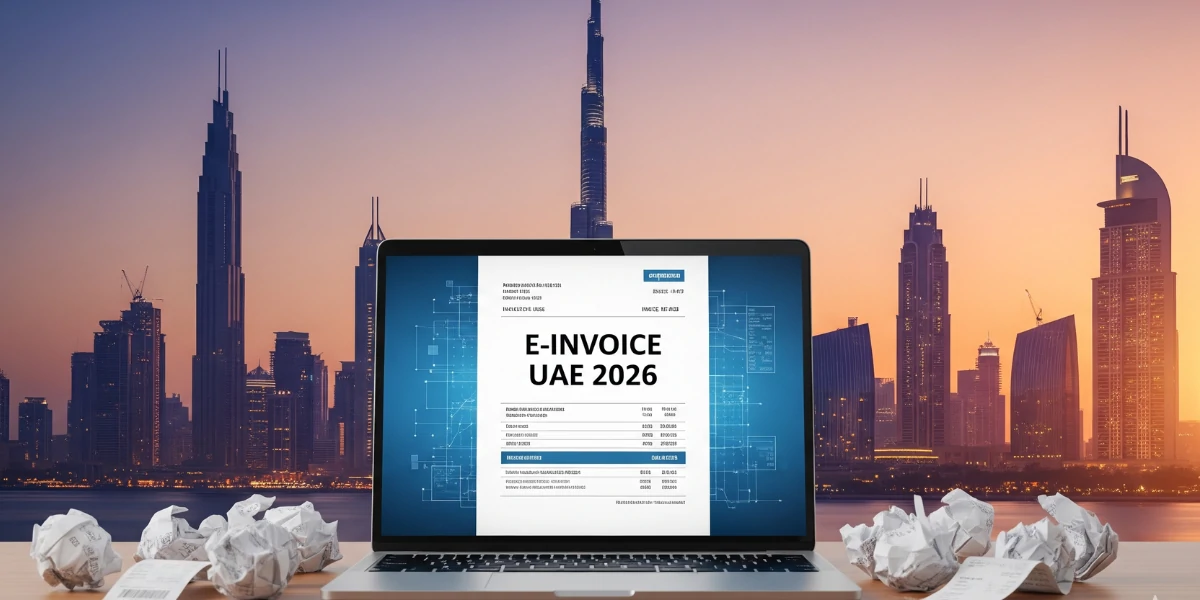



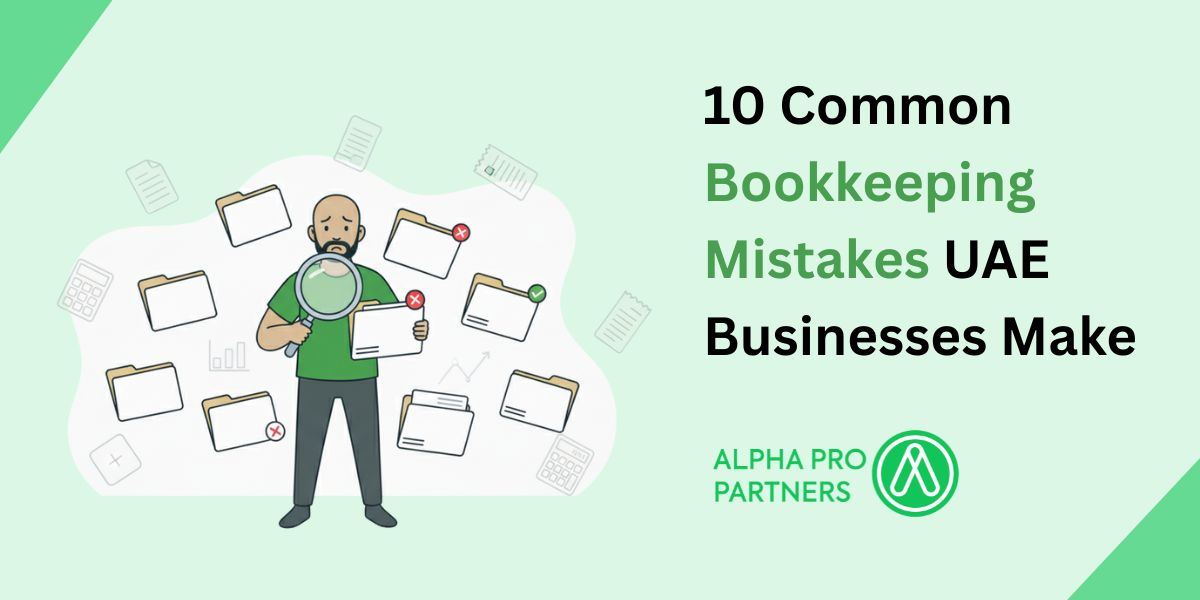

%20Widgets%2C%20Shortcuts%20%26%20Customisation.jpg)


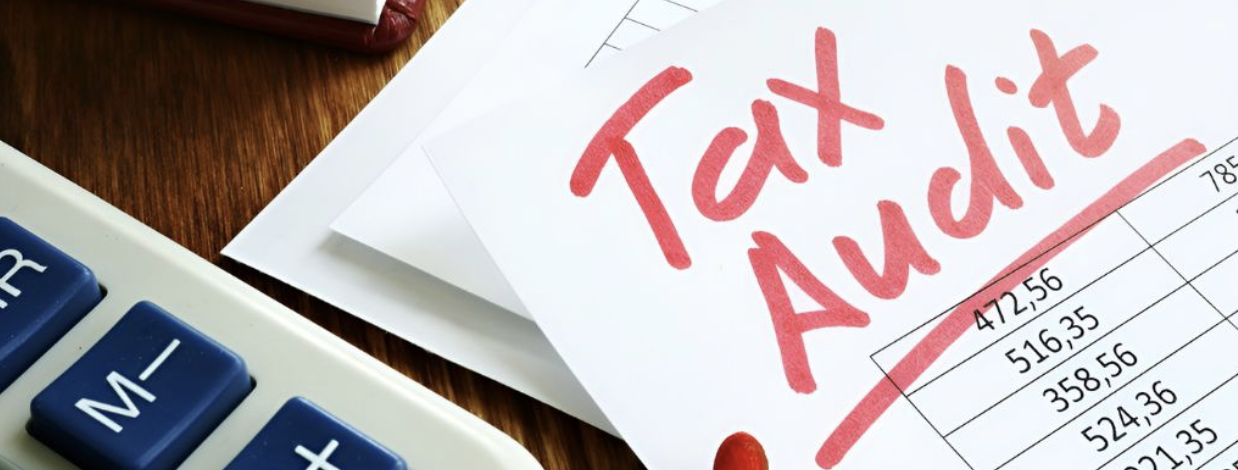




.webp)
.webp)

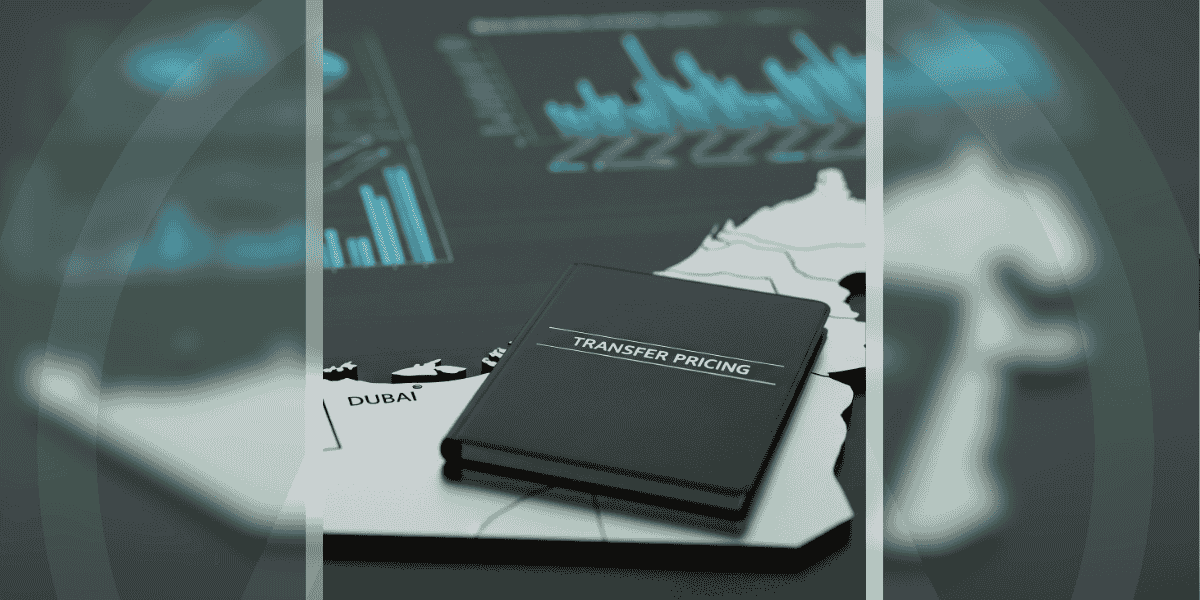
.png)
.png)
.png)
.png)
.png)

.png)
.png)


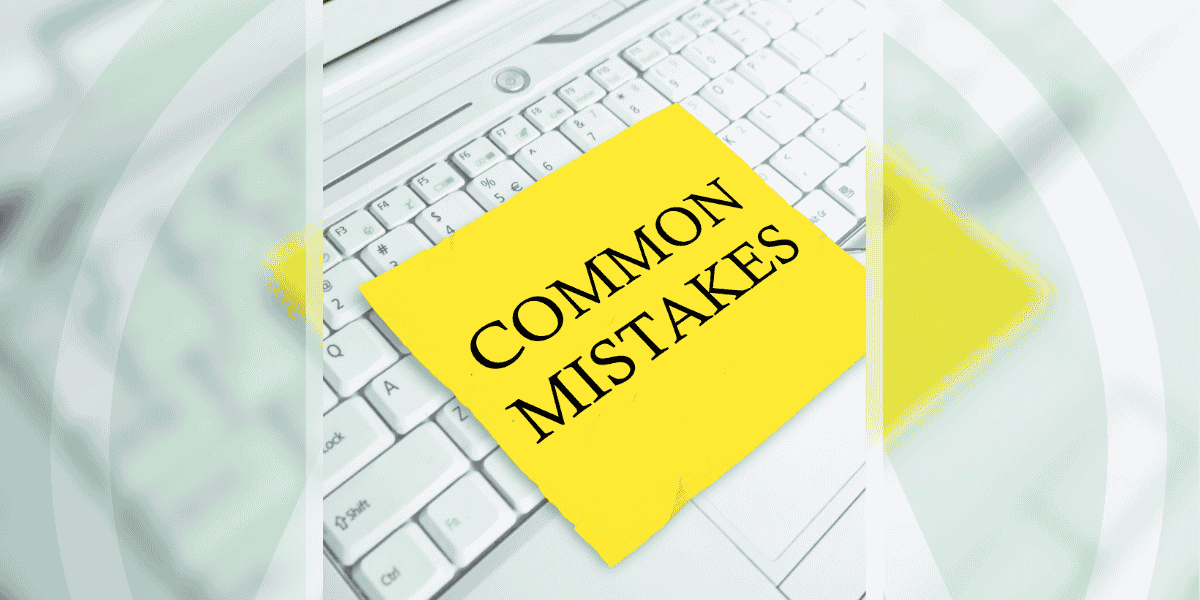
.png)
.png)





.jpg)


.jpg)





.png)
.png)






.png)


